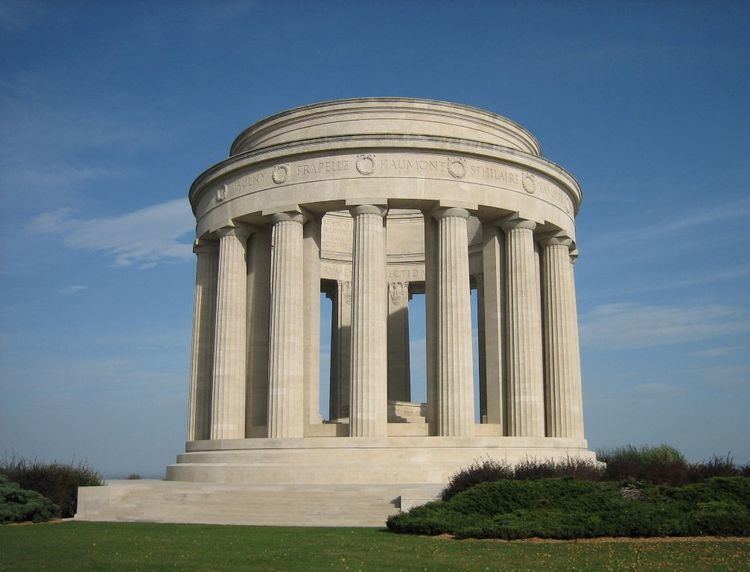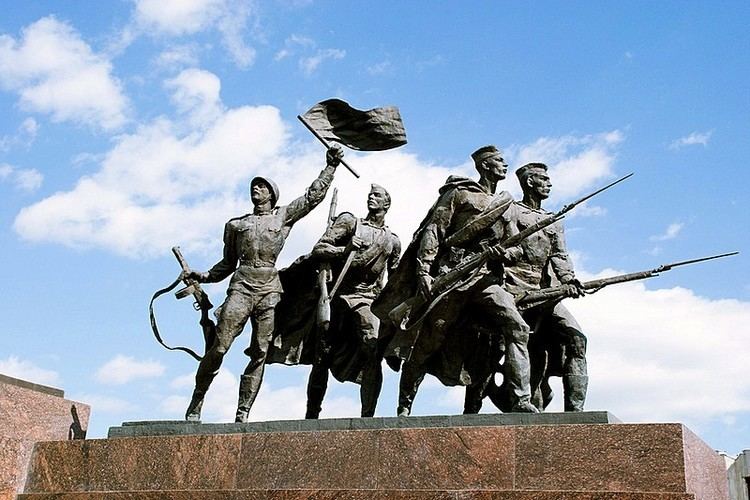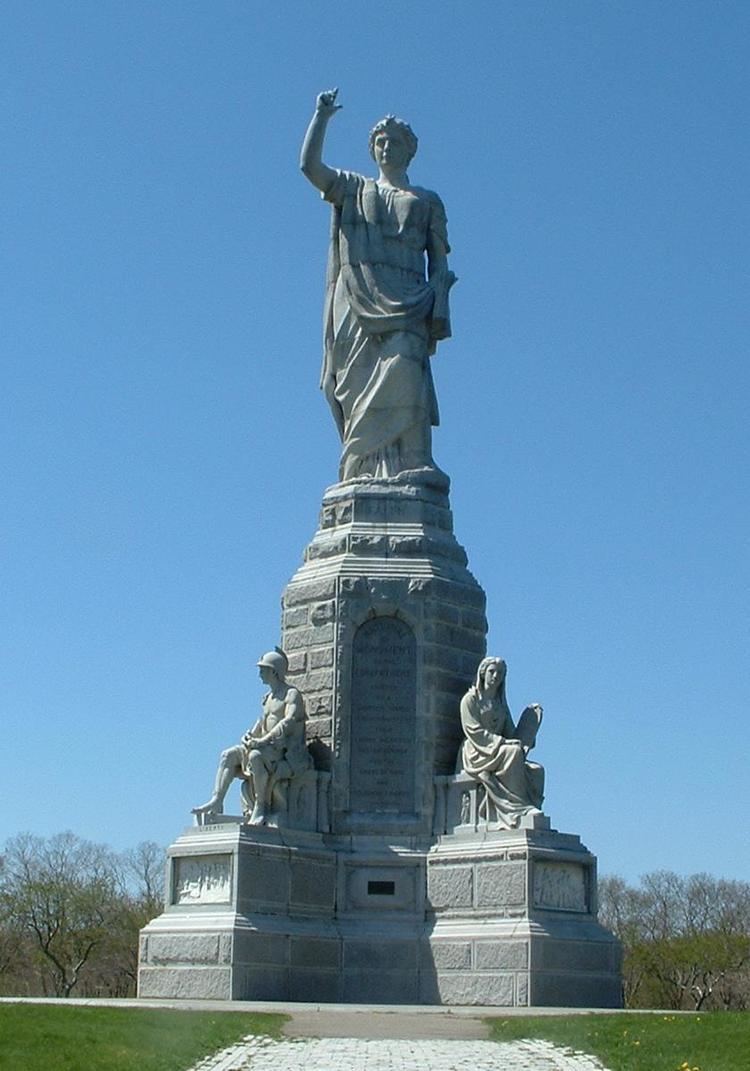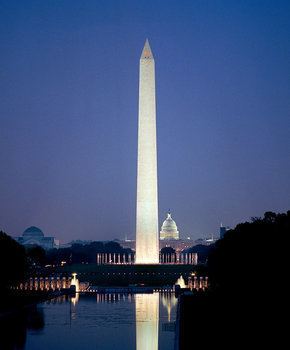 | ||
Washington monument
A monument is a type of structure that was explicitly created to commemorate a person or event, or which has become important to a social group as a part of their remembrance of historic times or cultural heritage, or as an example of historic architecture. The term 'monument' is often applied to buildings or structures that are considered examples of important architectural and/or cultural heritage.
Contents
- Washington monument
- Building laser scanning restoration and preservation of the historical monument building
- Etymology
- Creation and functions
- Protection and preservation
- Types
- References

Building laser scanning restoration and preservation of the historical monument building
Etymology

The origin of the word "monument" comes from the Latin moneo, monere, which means 'to remind', 'to advise' or 'to warn', suggesting a monument allows us to see the past thus helping us visualize what is to come in the future. In English the word "monumental" is often used in reference to something of extraordinary size and power, as in monumental sculpture, but also to mean simply anything made to commemorate the dead, as a funerary monument or other example of funerary art.
Creation and functions
Monuments have been created for thousands of years, and they are often the most durable and famous symbols of ancient civilizations. Prehistoric tumuli, dolmens, and similar structures have been created in a large number of prehistoric cultures across the world, and the many forms of monumental tombs of the more wealthy and powerful members of a society are often the source of much of our information and art from those cultures. As societies became organized on a larger scale, so monuments so large as to be difficult to destroy like the Egyptian Pyramids, the Greek Parthenon, the Great Wall of China, Indian Taj Mahal or the Moai of Easter Island have become symbols of their civilizations. In more recent times, monumental structures such as the Statue of Liberty and Eiffel Tower have become iconic emblems of modern nation-states. The term monumentality relates to the symbolic status and physical presence of a monument.

Monuments are frequently used to improve the appearance of a city or location. Planned cities such as Washington D.C., New Delhi and Brasília are often built around monuments. For example, the Washington Monument's location was conceived by L'Enfant to help organize public space in the city, before it was designed or constructed. Older cities have monuments placed at locations that are already important or are sometimes redesigned to focus on one. As Shelley suggested in his famous poem "Ozymandias" ("Look on my works, ye Mighty, and despair!"), the purpose of monuments is very often to impress or awe.

Structures created for others purposes that have been made notable by their age, size or historic significance may also be regarded as monuments. This can happen because of great age and size, as in the case of the Great Wall of China, or because an event of great importance occurred there such as the village of Oradour-sur-Glane in France. Many countries use Ancient monument or similar terms for the official designation of protected structures or archeological sites which may originally have been ordinary domestic houses or other buildings.
Monuments are also often designed to convey historical or political information. They can be used to reinforce the primacy of contemporary political power, such as the column of Trajan or the numerous statues of Lenin in the Soviet Union. They can be used to educate the populace about important events or figures from the past, such as in the renaming of the old General Post Office Building in New York City to the James A. Farley Building (James Farley Post Office), after former Postmaster General James Farley.
The social meanings of monuments are rarely fixed and certain and are frequently 'contested' by different social groups. As an example: whilst the former East German socialist state may have seen the Berlin Wall as a means of 'protection' from the ideological impurity of the west, dissidents and others would often argue that it was symbolic of the inherent repression and paranoia of that state. This contention of meaning is a central theme of modern 'post processual' archaeological discourse.
Protection and preservation
The term is often used to describe any structure that is a significant and legally protected historic work, and many countries have equivalents of what is called in United Kingdom legislation a Scheduled Monument, which often include relatively recent buildings constructed for residential or industrial purposes, with no thought at the time that they would come to be regarded as "monuments".
Until recently, it was customary for archaeologists to study large monuments and pay less attention to the everyday lives of the societies that created them. New ideas about what constitutes the archaeological record have revealed that certain legislative and theoretical approaches to the subject are too focused on earlier definitions of monuments. An example has been the United Kingdom's Scheduled Ancient Monument laws.
Other than municipal or national government that protecting the monuments in their jurisdiction, there are institutions dedicated on the efforts to protect and preserve monuments that considered to possess special natural or cultural significance for the world, such as UNESCO's World Heritage Site programme and World Monuments Fund.
Recently, more and more monuments are being preserved digitally (in 3D models) through organisations as CyArk.
